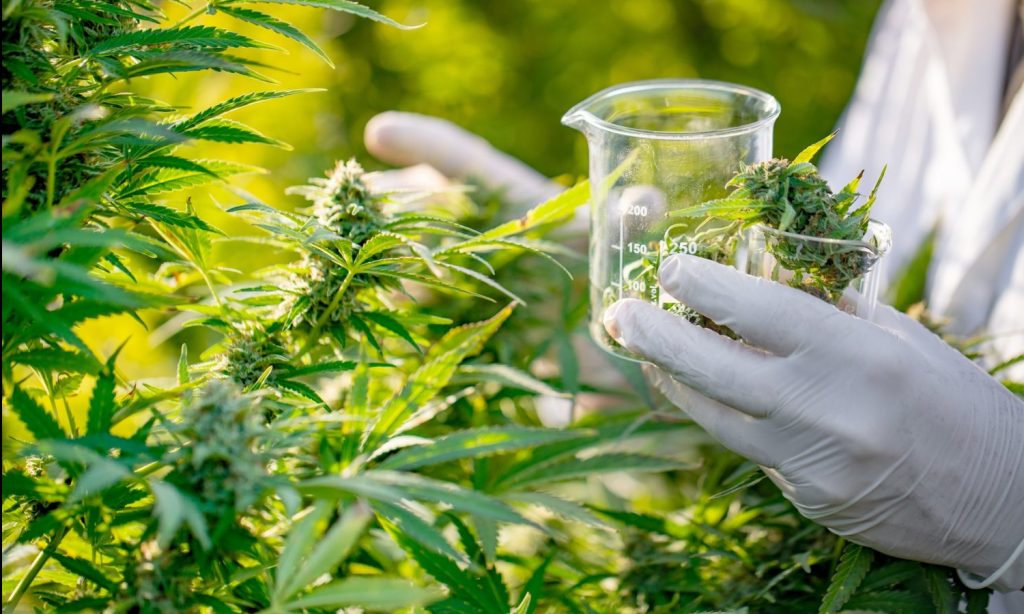The modern cannabis space is marked by an ebb and flow of business opportunities within specific market locales; opportunities that arise out of market demand and operational requirements. This notion informs technological innovations in security, including the advent of biometric identification. As the industry continues to mature, business owners in cultivation, processing, and retail environments are entertaining the use of this technology once reserved for such applications as national security.
According to SearchSecurity, biometric identification is defined as any form of biological trait that uniquely identifies a person. For example, fingerprints are the original form of biometric verification, used to identify people in law enforcement and security applications. As biometric identification technology has advanced, it has started to utilize other genetic identifiers, such as retina shapes, iris profiles, DNA sequencing, hand geometry, and voice waves.
Thus far, biometric verification technology has seen innovations and applications in the private sector of the cannabis space. For starters, cannabis tech company American Green has developed a biometric marijuana vending machine. The idea behind American Green’s “ZaZZZ” vending machine is to use biometric technology to verify the age and legal status of a consumer in an unmanned retail exchange.
Due to obvious legal issues with cannabis sales and compliance, the ZaZZZ vending machine is still in its development phase. In a more operational application, safe manufacturers such as Brown Safe have created biometric locking mechanisms on their safes. These safes utilize biometric screening to keep cash and inventory secure from all but a few key employees at the business in question. Brown Safe is actively engaging the cannabis market with this technology.
While these sorts of applications of biometric technology are doubtlessly both innovative and exciting, they are not necessarily applicable across the cannabis industry. This is largely because, in each legal cannabis market in the United States, minimum security standards are set forth in accordance with state mandated compliance programs.







